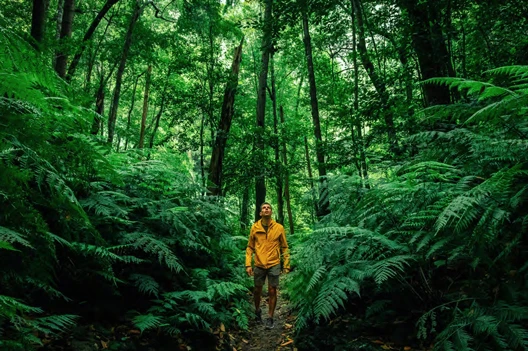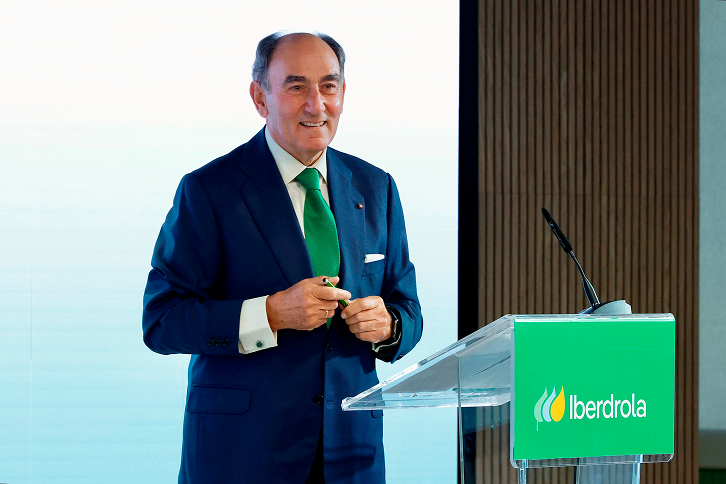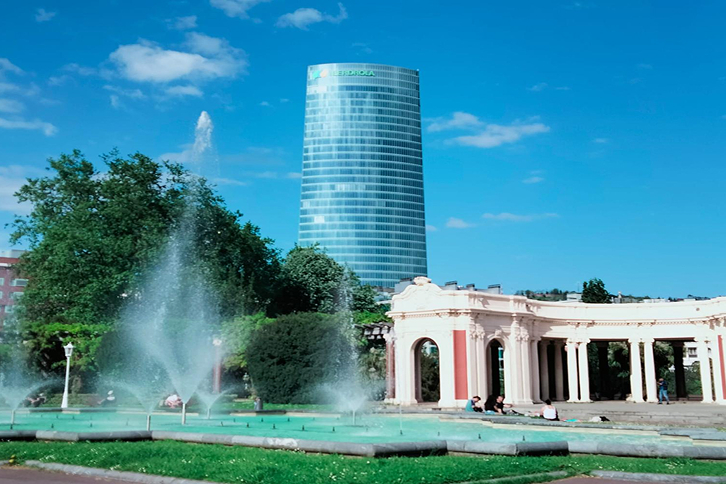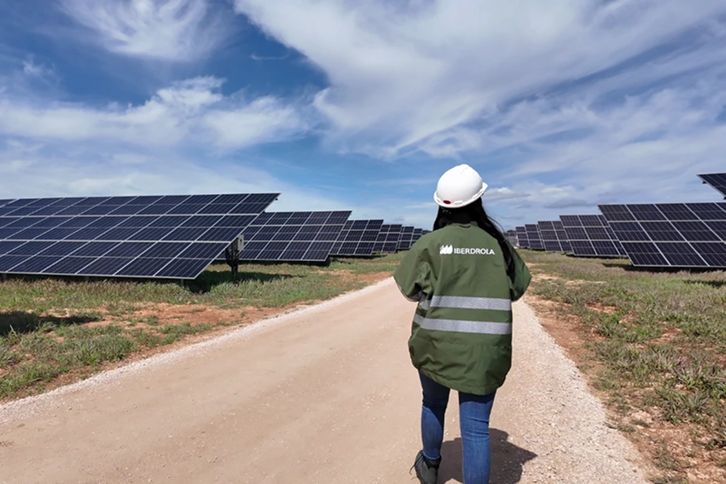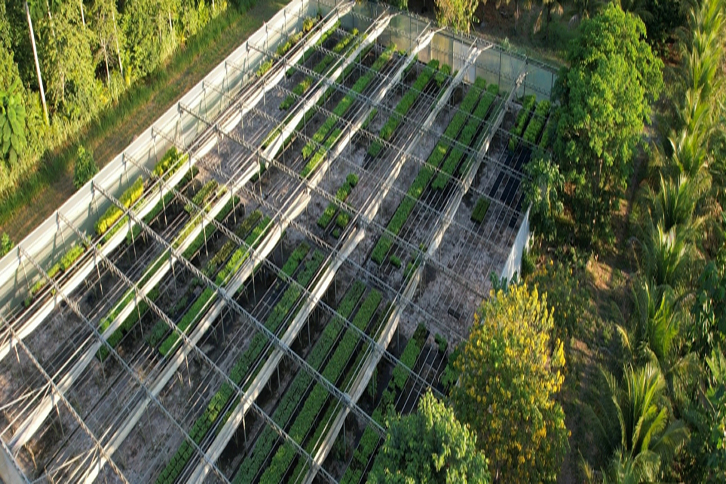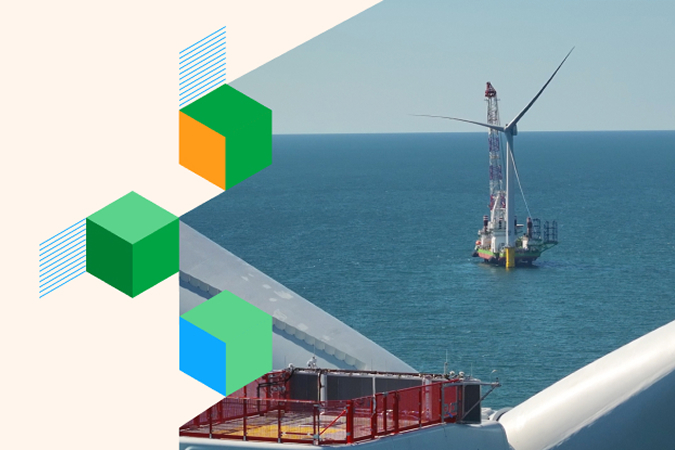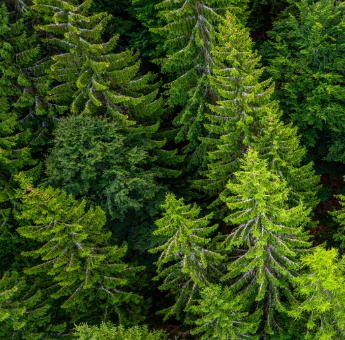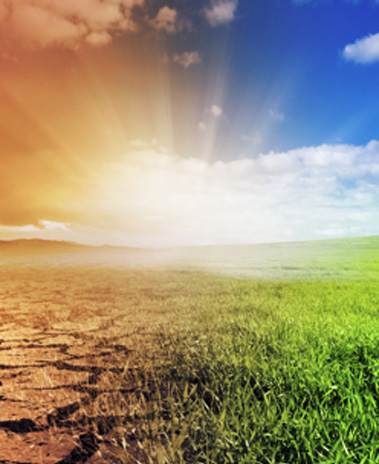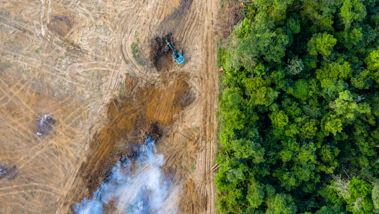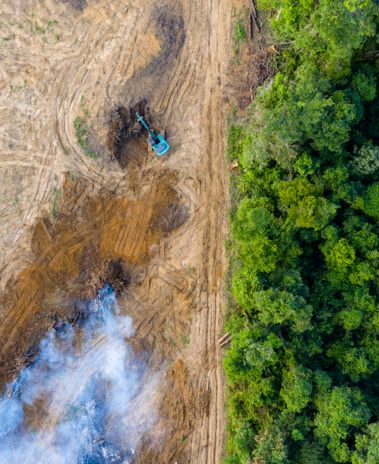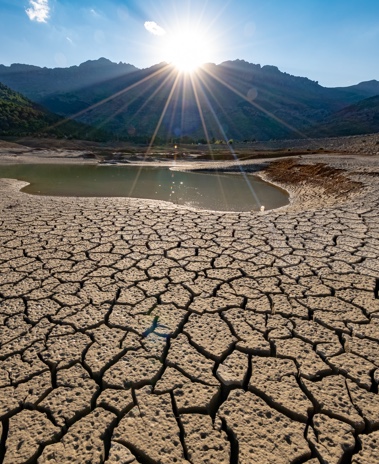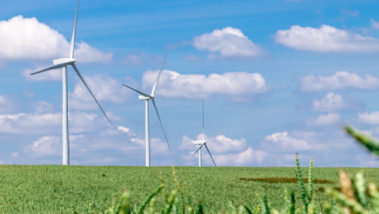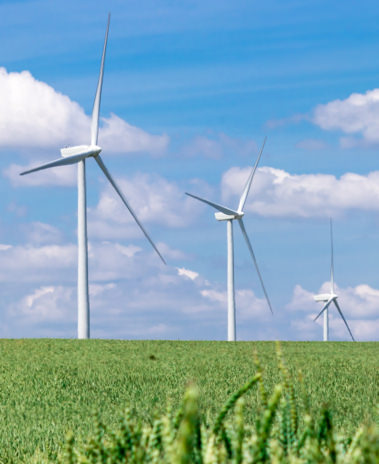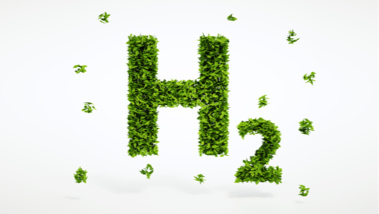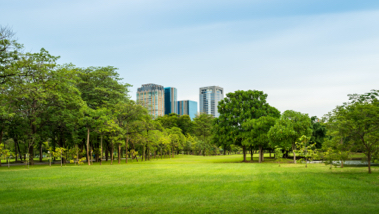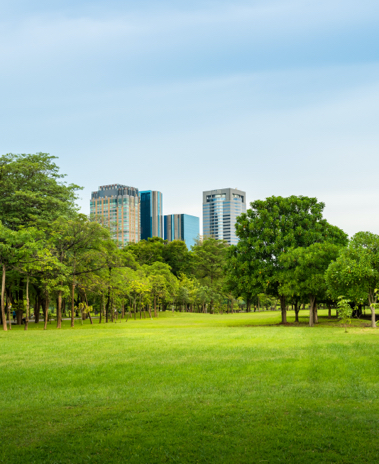-
The circular economy entails a radical change in perspective by people and companies when it comes to dealing with the lack of resources, environmental impact, value creation and employment.
The planet's biodiversity is under threat and the main culprit is the one who, paradoxically, depend on it most: human being. Slowing down biodiversity loss, understood as the reduction or disappearance of the variety of living beings that inhabit the planet, is one of humanity's great challenges. Below, we review the causes, consequences and possible solutions.
-
The concept of ecocide is not new, but from 2021 it has a legal definition. Specifically, "any unlawful or arbitrary act perpetrated in the knowledge that it is highly likely to cause serious, extensive or lasting damage to the environment". Its creators, a panel of 12 jurists from civil society, are seeking to have the crime incorporated as the fifth crime against peace in the Rome Statute of the International Criminal Court (ICC).
The UN, which has been fighting desertification since 1994, defines it as the process of land degradation in arid, semi-arid and dry sub-humid areas as a result of various climatic and human factors. With climate change, these factors have only multiplied and it is now considered one of the world's major environmental problems.
-
At the UN Climate Change Conference in 2015 an agreement was reached (The Paris Agreement): to move towards carbon neutrality by the second half of the 21st Century to mitigate the effects of climate change. Here we take a look at what steps are being taken to reach a balance that is vital for the next generations.
The decarbonisation of the planet is among the objectives that countries around the world have set for 2050. The production of green hydrogen, a technology based on the transformation of this element through electrolysis, is one of the keys. The IEA estimates that it would make it possible to save the 830 million tonnes of CO2 per year that originate when this gas is produced using fossil fuels.
-
Cities are increasingly committed to sustainability, and urban green corridors play an important role in this process. Briefly, this refers to a strip with a significant presence of vegetation that links outstanding natural areas of the city. In addition, they bring numerous advantages: increasing and protecting biodiversity, mitigating the heat island effect, reducing air and noise pollution, etc.
The effects of climate change are undeniable and mitigating them is one of the most pressing topics on the global climate agenda. This was made clear at the Climate Action Summit 2019, which took place in New York on 23 September, where the leaders from politics, economics and civil society who attended the event focused on mitigation. Iberdrola group, which was an active participant at the summit, contributed to the success of the event with specific actions and commitments.
-
Facebook Iberdrola contributes to climate change mitigation with specific actions and commitments
-
Twitter Iberdrola contributes to climate change mitigation with specific actions and commitments
-
Linkedin Iberdrola contributes to climate change mitigation with specific actions and commitments
-
Whatsapp
-







